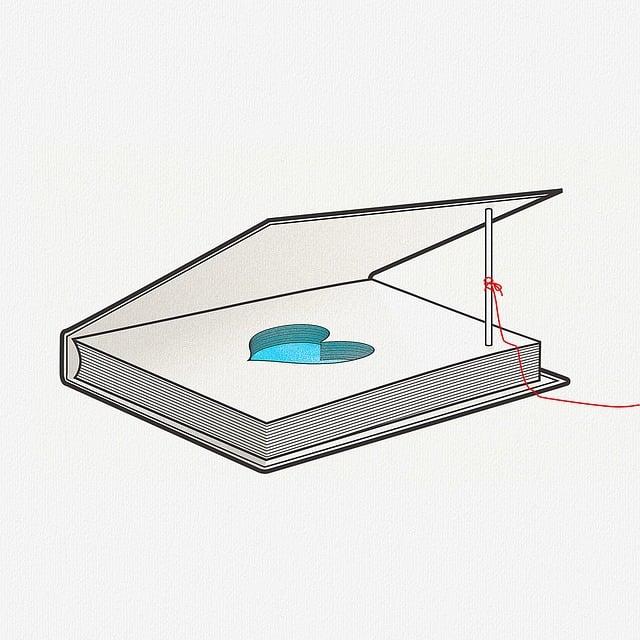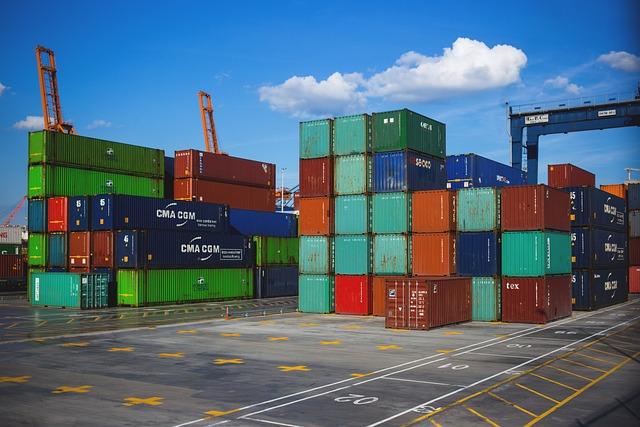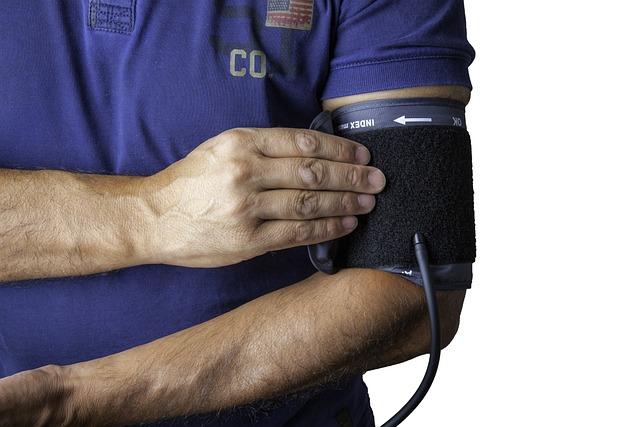Is your Honda CRV tire pressure light constantly coming on, causing you unnecessary worry and frustration? Don’t fret, as we have some quick and easy tips to help you reset that annoying light and get you back on the road with peace of mind. In this article, we will provide you with step-by-step instructions on how to reset the tire pressure light on your Honda CRV, saving you time and money from unnecessary trips to the mechanic. Keep reading to learn how to successfully reset your tire pressure light and ensure your Honda CRV is running smoothly. Let’s get started!
1. Understanding the Tire Pressure Light on Your Honda CRV
When the tire pressure light illuminates on your Honda CRV, it’s important to address it promptly to ensure your safety on the road. Here’s what you need to know:
Common Causes:
- Low tire pressure
- Temperature changes
- Tire damage or puncture
What to Do:
- Check tire pressure with a gauge
- Inflate tires to recommended levels
- If light remains on, inspect tires for damage
- Visit a service center if problem persists
2. Importance of Maintaining Proper Tire Pressure
Maintaining proper tire pressure is crucial for several reasons. Firstly, having the correct tire pressure improves fuel efficiency. Underinflated tires can increase fuel consumption, costing you more money in the long run. By keeping your tires properly inflated, you can improve gas mileage and save on fuel expenses. Additionally, maintaining the right pressure helps ensure even wear on the tires, extending their lifespan and saving you money on premature replacements.
Proper tire pressure also plays a significant role in ensuring your safety on the road. Underinflated tires can lead to poor handling and longer braking distances, increasing the risk of accidents. Overinflated tires, on the other hand, can reduce traction and make your vehicle less stable on the road. By regularly checking and maintaining the correct tire pressure, you can drive confidently knowing that your tires are providing optimal performance and keeping you safe on your travels.
3. Quick Steps to Reset the Tire Pressure Light
First, start by identifying the recommended tire pressure for your vehicle. This information can typically be found in your car’s manual or on a sticker located on the driver’s side door jamb. Make sure to inflate your tires to the correct pressure using a tire pressure gauge and an air compressor.
Next, locate the reset button inside your vehicle. This button is usually located near the steering wheel or on the dashboard. Once you’ve found the reset button, press and hold it until the tire pressure light on your dashboard blinks or turns off. This action should reset the tire pressure monitoring system and turn off the warning light. Remember to repeat this process every time you adjust the air pressure in your tires to ensure the light stays off.
4. Checking and Adjusting Tire Pressure on Your Honda CRV
Regularly checking and adjusting the tire pressure on your Honda CRV is crucial for maintaining optimal performance, fuel efficiency, and overall safety. Here are some steps to help you ensure your tires are properly inflated:
- Start by checking the recommended tire pressure for your CRV in the owner’s manual or on the placard located inside the driver’s side door jamb.
- Use a tire pressure gauge to measure the current pressure in each tire, ensuring they are all within the recommended range.
- If the pressure is too low, use an air compressor to inflate the tires to the correct PSI. Be sure to check the pressure again after adding air to ensure accuracy.
- Remember to check the tire pressure when the tires are cold for the most accurate reading.
Properly inflated tires not only improve fuel efficiency and prolong the life of your tires, but they also enhance overall handling and braking performance. By making tire pressure checks a regular part of your maintenance routine, you can enjoy a smoother and safer driving experience in your Honda CRV.
5. Simple Tips to Ensure Proper Tire Inflation
Proper tire inflation is essential for not only maintaining the longevity of your tires, but also ensuring your safety on the road. Here are some simple tips to help you keep your tires properly inflated:
- Check your tire pressure at least once a month and before long road trips.
- Refer to the recommended tire pressure listed in your vehicle’s owner’s manual or the sticker located on the driver’s side door jamb.
- Use a tire pressure gauge to accurately measure the pressure in each tire.
- Inflate your tires to the recommended pressure level, not the maximum pressure listed on the tire sidewall.
Properly inflated tires improve fuel efficiency, provide better handling, and reduce the risk of blowouts. By following these simple tips, you can ensure that your tires are always in top condition, saving you money in the long run and keeping you safe on the road.
6. Avoiding Common Tire Pressure Issues
Regularly checking and maintaining the correct tire pressure is crucial for your vehicle’s performance, safety, and even fuel efficiency. To avoid common tire pressure issues, follow these simple tips:
- Check Tire Pressure Monthly: Make it a habit to check your tire pressure at least once a month, or before long drives. Use a tire pressure gauge to ensure the pressure matches the recommended level in your vehicle’s manual.
- Inspect for Leaks: Routinely inspect your tires for any signs of leaks or damage. This can include punctures, cracks, or bulges. Address any issues promptly to prevent air loss and maintain proper tire pressure.
- Fill Up Properly: When adding air to your tires, use a reliable air compressor and fill them to the recommended pressure levels. Avoid overinflating or underinflating, as both can lead to uneven wear and decreased performance.
7. Benefits of Regularly Monitoring Tire Pressure
Properly maintaining your tire pressure is crucial for several reasons. First and foremost, it ensures that your tires wear evenly, prolonging their lifespan and saving you money in the long run. Additionally, regularly monitoring your tire pressure can improve fuel efficiency, as underinflated tires can cause your vehicle to work harder and burn more fuel. By keeping your tires properly inflated, you can maximize your gas mileage and reduce your carbon footprint.
Monitoring your tire pressure also enhances safety on the road. Underinflated tires are more prone to blowouts, which can be extremely dangerous, especially at high speeds. By regularly checking and adjusting your tire pressure, you can reduce the risk of accidents and keep yourself and your passengers safe. Overall, taking the time to monitor your tire pressure regularly is a simple yet effective way to save money, save fuel, and stay safe on the road.
8. Final Thoughts on Resetting the Tire Pressure Light on Your Honda CRV
Resetting the tire pressure light on your Honda CRV is a simple process that can save you time and money in the long run. By following the steps outlined in this guide, you can ensure that your vehicle’s tires are properly inflated and running efficiently. Remember, maintaining the correct tire pressure not only improves fuel efficiency but also extends the life of your tires.
Additionally, regularly checking your tire pressure and resetting the tire pressure light can help prevent dangerous blowouts and accidents on the road. So, take the time to reset the tire pressure light on your Honda CRV whenever necessary, and drive with peace of mind knowing that your vehicle is in top condition. Stay safe, stay vigilant, and happy driving!
Frequently Asked Questions
Q: What does it mean when the tire pressure light comes on in my Honda CRV?
A: When the tire pressure light comes on in your Honda CRV, it typically means that one or more of your tires are underinflated.
Q: Why is it important to address the tire pressure light in my Honda CRV?
A: It is important to address the tire pressure light in your Honda CRV because driving with improperly inflated tires can impact your vehicle’s handling, fuel efficiency, and overall safety.
Q: What are some quick tips to reset the tire pressure light in my Honda CRV?
A: Some quick tips to reset the tire pressure light in your Honda CRV include checking and adjusting the tire pressure to the recommended levels, driving the vehicle for a short period of time, and then using the reset button on the dashboard to reset the light.
Q: How often should I check my tire pressure in my Honda CRV?
A: It is recommended to check your tire pressure in your Honda CRV at least once a month or before long drives to ensure optimal performance and safety.
Q: What are some common causes of low tire pressure in my Honda CRV?
A: Some common causes of low tire pressure in your Honda CRV can include changes in temperature, punctures or leaks, or simply natural air loss over time.
Q: Can I reset the tire pressure light in my Honda CRV on my own, or should I take it to a professional?
A: In most cases, you can reset the tire pressure light in your Honda CRV on your own using the steps outlined in the owner’s manual. However, if you are unsure or uncomfortable with performing this task, it is always best to consult a professional for assistance.
Key Takeaways
In conclusion, maintaining proper tire pressure is crucial for the safety and performance of your Honda CRV. By following these quick tips to reset the tire pressure light, you can ensure that your vehicle is operating at its best and avoid potential issues down the road. Remember to regularly check your tire pressure and adjust as needed to keep your CRV running smoothly. Thank you for reading, and drive safely!




